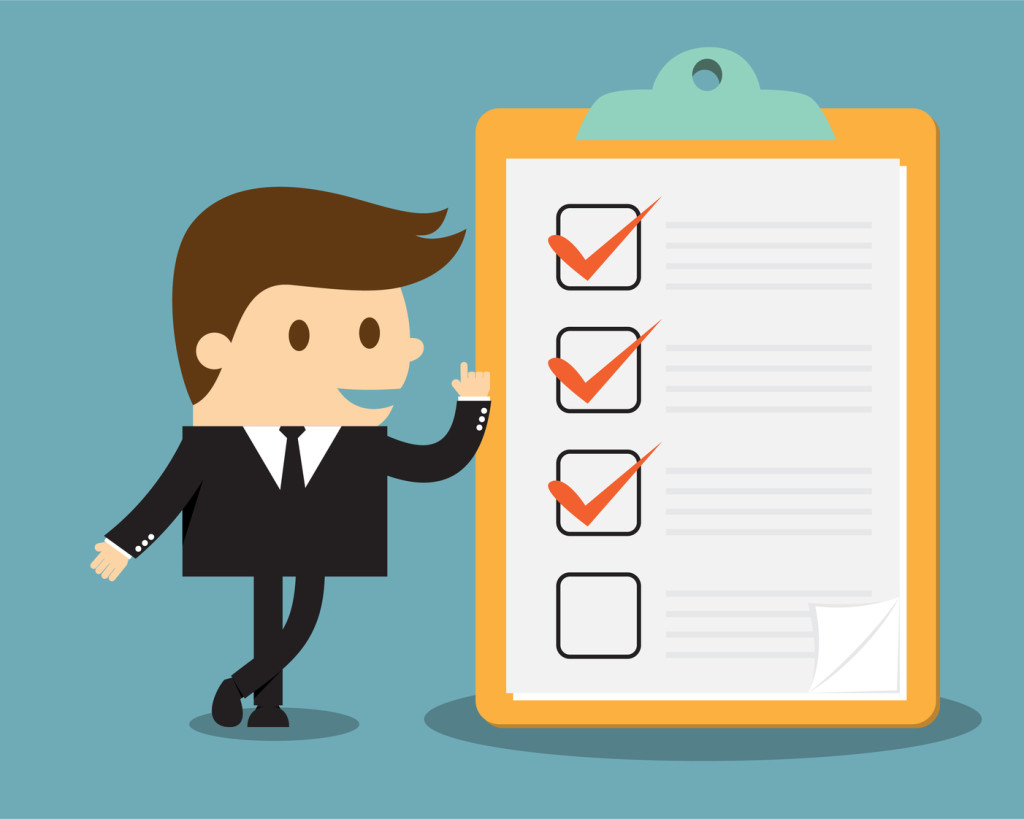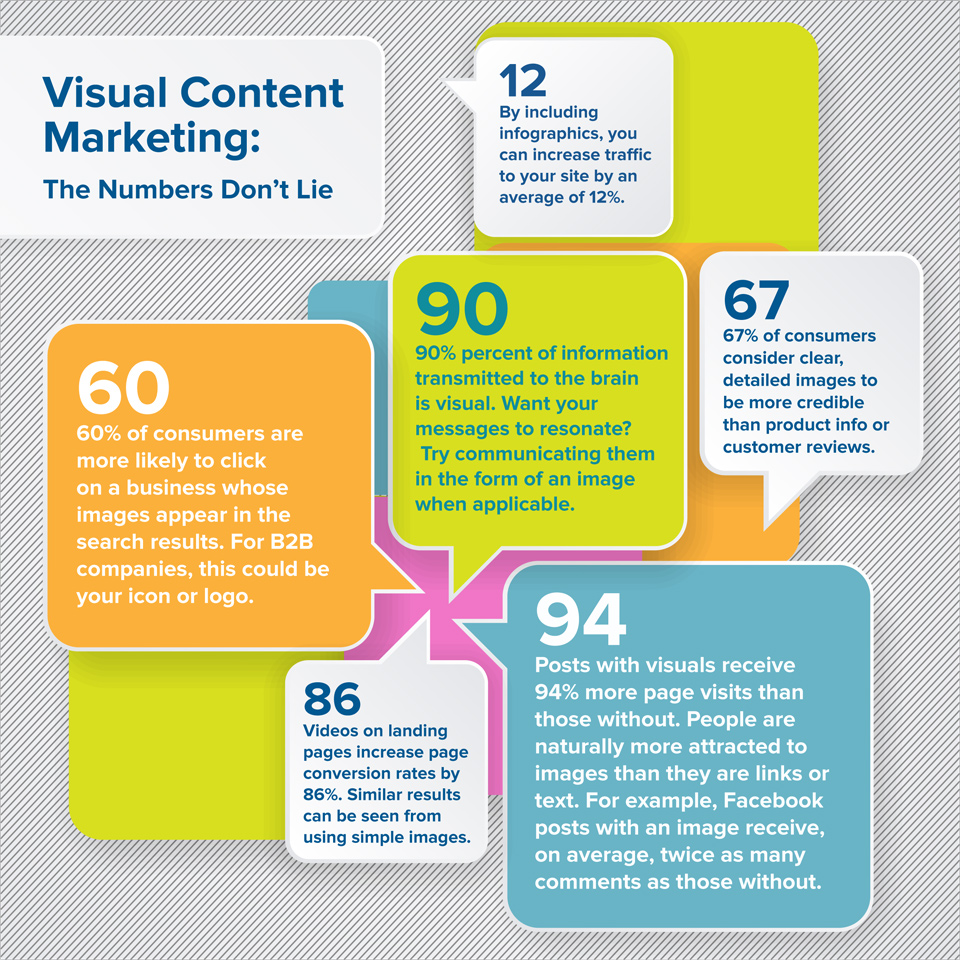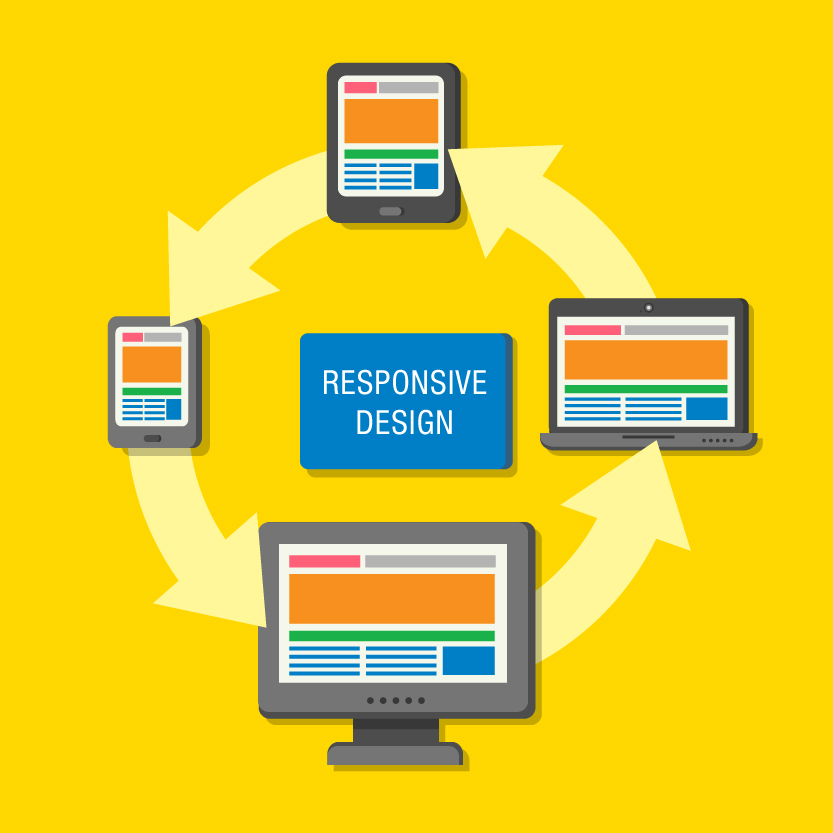My BT office is in downtown Auckland. I’m an avid tramper and my favourite outdoor clothing brands all have stores temptingly close to our building. It’s a blessing and a curse.
With the warmest June on record, retailers went into panic mode and started their winter sales early. I needed a new water-proof tramping jacket but I only had a short break before my next client meeting, so I dashed across the road to Macpac.
It was their BIG sale and the shop was full. The sales rep recognised me and greeted me with a wave. He watched me head straight to the Gore-tex jackets, make a selection and bring it to the counter, eyeing my watch. Reading the signals, he politely asked the Scandinavian couple ahead of me if he could serve me first. They turned to the flustered ‘suit guy’ and shrugged, “Sure, why not.”
The sale was made and I was back in my office in less than 15 minutes. If it hadn’t been for the sales rep’s keen eye, I could have been left waiting, growing impatient and leaving without making a purchase.

Marketing automation should be like an experienced, intuitive sales person on a macro level
The biggest misconception is what the term “marketing automation” actually means. Clever marketing automation, B2B or B2C, should be like an experienced sales person on a macro level. Don’t think of automation tools as “set-and-forget.” Rather, think of these tools helping you get to know your target audience better. Much better. Use this knowledge to create more relevant campaigns that actually resonate with a buyer. The right platform, used correctly, should treat leads as individuals with unique needs, wants, and drivers.
Immediate, ‘personalised’ responses will significantly reduce the sales cycle
In B2B, where the sales cycle is typically longer, marketing automation should allow customers to feel as though they are taking control of their own journey with you. But because an adaptive, ‘personalised’ response is triggered instantly, the sales cycle will be significantly shortened and better qualified. Just as I could have been left standing at the counter waiting and growing more impatient – marketing automation allows you to respond to enquiries immediately. “You are 100 times more likely to close a sale if you respond within 5 minutes as opposed to 30.”
Marketing automation tools will:
• Reduce your sales cycle to win new business faster
• Continually improve your marketing campaigns
• Deliver more leads for upselling
• Deliver more leads from referrals
In a perfect world, your prospects or existing customers should be designing their own interactions with your company. In fact, I believe buyers should be designing your entire sales infrastructure. Used effectively, marketing automation will send tailored, personalised messages to your customers on a regular basis. You should be ‘crafting’ this regular activity, building your relationship with rich experiences until they are ready to buy.
Four marketing automation vendors to consider and why
This article is an opinion piece, not a review, but I’d be remiss without sharing some of my insights with you. I’ve researched dozens of platforms and vendors and I’ve short-listed four vendors that I would urge you to put on your ‘consideration’ list. And because pricing should always be part of your decision, follow this link for a definitive price guide.
http://blog.capterra.com/2014-marketing-automation-software-pricing-guide/
1.) Hubspot – A great place to start
If you are an SME or small marketer, Hubspot should be on your marketing automation shopping list. In a nutshell, it’s affordable and versatile with great training resources like easy to follow webinars, workshops and one-on-one live tech support. For me, the best feature is the dashboard that gives you a live feed. If you have a second monitor, you’ll be tempted to leave it running. The mobile app is just as friendly and well designed, but your family will soon grow tired of you constantly accessing it at home on your iPad.
Hubspot will force you to set more measurable, strategic goals – visits, leads and sales. Be warned, it could become addictive.
2.) Marketo – For mid-size to enterprise businesses
If you have an in-house marketing team or an agency, Marketo could be for you. It’s pricing is more flexible and B2B companies will gain better long-term value. It’s the platform we are most familiar with, primarily because some of our B2B clients already use it and it integrates natively with Salesforce CRM.
My Digital Manager, Carla Sheen, finds the visual drag and drop interface really easy to use and the reporting very thorough.
3.) Eloqua – If you’re enterprise or multi-site
Marketo and Eloqua offer similar capabilities and characteristics. Both come with a comparably hefty price tag, but used to full effect they will grow revenue.
Eloqua is owned by Oracle Corporation who shelled out $871million US for the sale – yes, the same CEO, Larry Ellison, who shattered the sailing dreams of our nation.
It’s the vision of Ellison and the resources of Oracle that makes Eloqua different. Marketing automation is growing exponentially. Only 3% of non-technology companies have adopted the software so far. Larry hates being second. I predict that Eloqua will continue to release more updates than its competitors – like the improved lead scoring engine recently released that allows you to run different lead scoring modules for multiple sites, teams or product lines.
4.) Engage – And not just because it’s Kiwi
I would have put the Engage marketing automation platform, developed by Ubiquity, on this list anyway, but I must tell you upfront, they’re a client of mine. SME to largest enterprise, you’ll find Engage scalable, functional, measurable and highly adaptive.
If you choose your stock market shares by studying the governance of the company’s directors, then you would be very happy to choose Engage based on the way directors, CEO Nathalie Morris and CTO Guy Bibby, run Ubiquity and its dedicated team. There’s a Xero-like zeal that’s palpable.
And the huge upside is that they are local. Cloud-hosting is here in NZ, the account service team is here in NZ, the help desk is here in NZ and the tech support is superb and in NZ. There’s a high degree of security and a small amount of local parochialism that might sway your judgement. The other vendors are northern hemisphere-based and the tech support probably won’t be there when you really need them.
Which Software is best for you? – again – it’s personal
Here we are full circle. Draw up your wish list of features, components, and requirements– and then choose the tool that best fits these needs. You’re much more likely to get the greatest bang for your buck. Marketing automation software is becoming more and more mainstream by the day. It is a learning curve and a big investment in terms of your time and money. As any carpenter will tell you, measure twice and cut once. Do your research.
It’s not a question of IF you choose it but WHEN.
Consider this checklist before you decide
• Analytics / ROI Tracking
• Campaign Segmentation
• Contact Management
• CRM Integration
• Direct Mail Management
• Email Marketing
• Lead Management
• Multi-Channel Management
• Search Marketing
• Social Marketing
Read my e-Book ‘The Super Heroes of B2B Digital Marketing’
Marketing automation will only become more important over time. To fully understand its place in your digital marketing strategy, download my BT e-book, ‘The Super Heroes of B2B Digital Marketing.’ The book was fun to write and hopefully you’ll find it informative and easy to follow. The book will take you sequentially step-by-step through the B2B sales cycle.
http://ballantynetaylor/B2Bsuperheroesebook/











